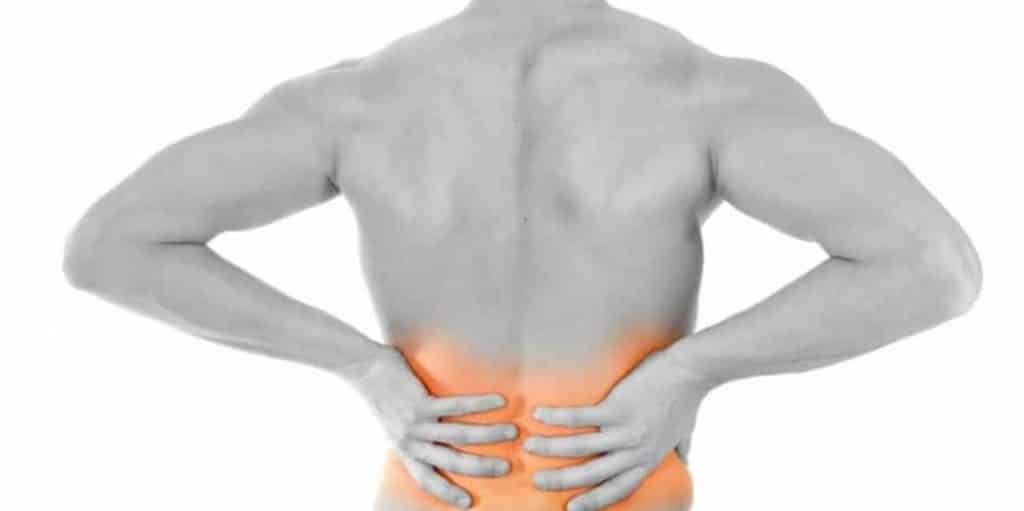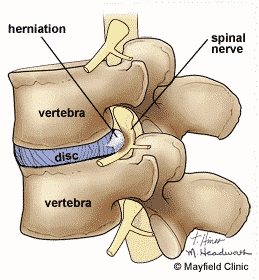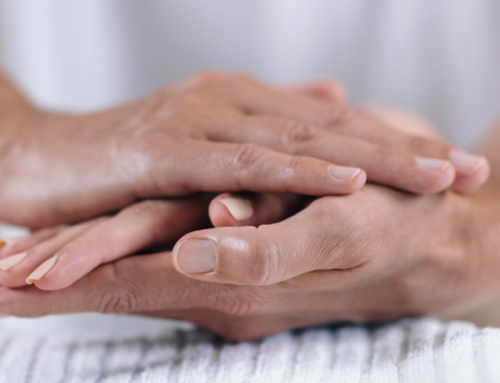Symptoms
Lower back pain symptoms include any combination of the following:
• Difficulty moving that may affect most daily activities
• Pain that also refers down one leg (rarely both) and usually not past the knee
• Pain can be sharp and muscles surrounding the pain area can be very sore to the touch
Are you suffering from lower back pain?
Causes
It can often be difficult to identify the specific structure leading to lower back pain because there are so many pain-sensitive structures closely knitted together. However, through a thorough assessment, we can often determine the likely cause without having to resort to imaging such as Xrays and MRIs. The majority of lower back pain stems from an aggravation of the intervertebral discs. There is also an often overlooked joint in the lower back called the sacroiliac joint which also accounts for a large percentage of those with lower back pain. There are of course many other less common causes of lower back pain, however, the large majority of lower back pain sufferers will belong in one of these two camps
 Discs
Discs
An intervertebral disc (or intervertebral fibrocartilage) lies between each vertebra in the vertebral column. Each disc forms a fibrocartilaginous joint (a symphysis), to allow slight movement of the vertebrae, and acts as a ligament to hold the vertebrae together.
The outer fibers of these discs are pain sensitive and account for a large percentage of those suffering from lower back pain. Discs are subject to being damaged through increased mechanical loading. Picking objects up off the floor with poor form or sitting with poor postures are the most common ways to place excess stress on the anterior portion of the disc and they may become damaged or inflamed.
If enough strain is placed on these discs, this may result in a disc herniation or ‘slipped disc’. When this happens, a portion of the disc may physically bulge out resulting in compression of the spinal nerve and lead to symptoms which refer to the leg, These symptoms may include any of the following:
→ pain in the posterior of the leg (often past the knee) numbness, pins and needles; and loss of strength of muscles in the legs
Sacroiliac joint
 The sacroiliac joint or SI joint (SIJ) is the joint in the bony pelvis between the sacrum and the ilium of the pelvis, which are joined by strong ligaments. In humans, the sacrum supports the spine and is supported in turn by an ilium on each side.
The sacroiliac joint or SI joint (SIJ) is the joint in the bony pelvis between the sacrum and the ilium of the pelvis, which are joined by strong ligaments. In humans, the sacrum supports the spine and is supported in turn by an ilium on each side.
While it is not clear how the pain is caused, it is thought that an alteration in the normal joint motion may be the culprit that causes sacroiliac pain. This source of pain can be caused by either:
• Too much movement (hypermobility or instability): The pain is typically felt in the lower back and/or hip and may radiate into the groin area.
• Too little movement (hypomobility or fixation): The pain is typically felt on one side of the low back or buttocks, and can radiate down the leg. The pain usually remains above the knee, but at times pain can extend to the ankle or foot.
If you are suffering from any form of lower back pain it is important to be assessed.
Our experienced therapist can help to identify the issue and put you on a path to recovery
through hands-on therapy and self-management strategies.
Make an appointment TODAY or Call Us on 9708-4338






